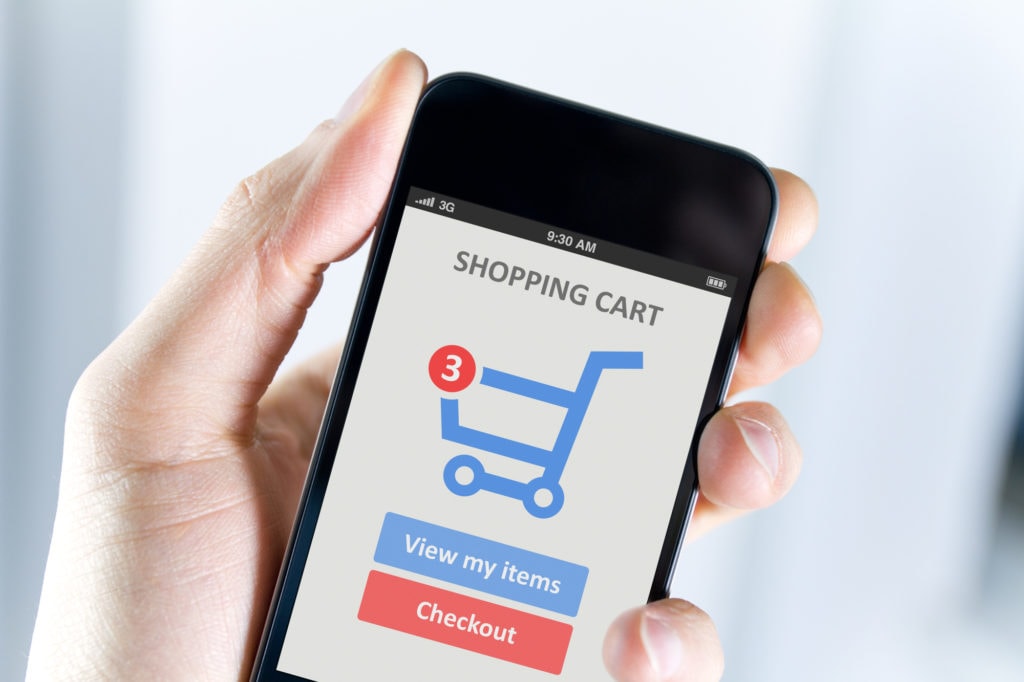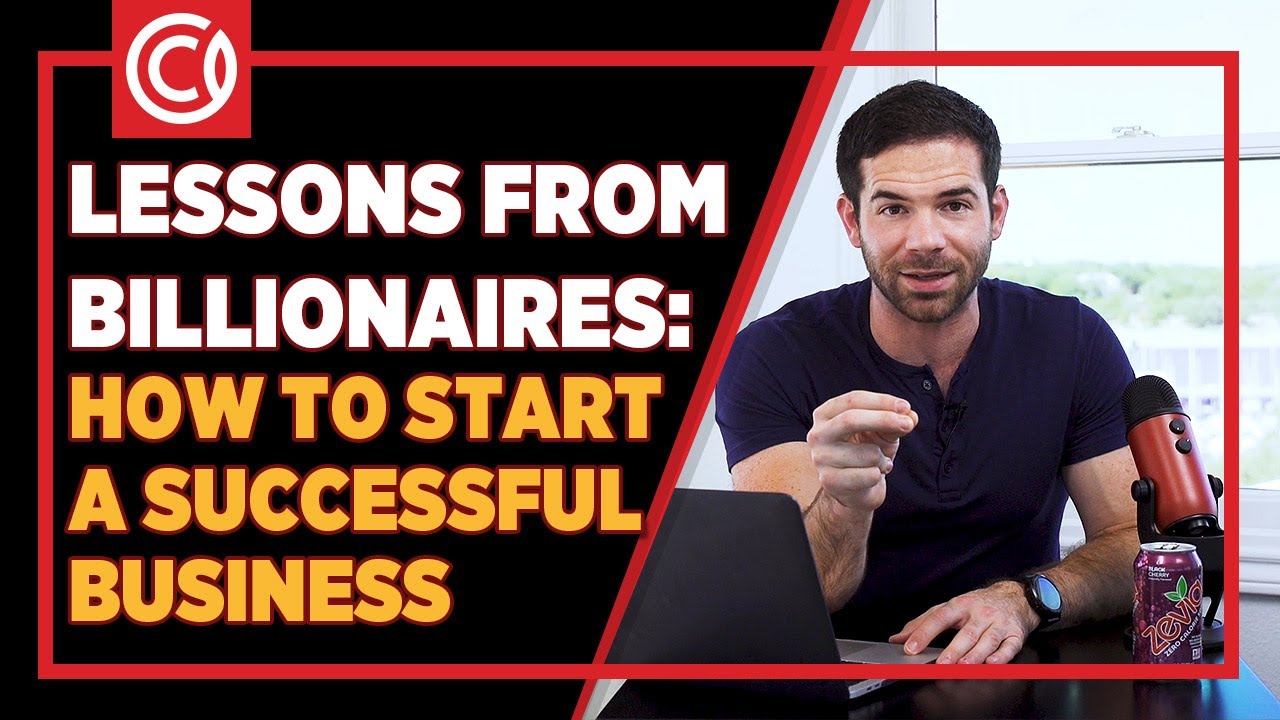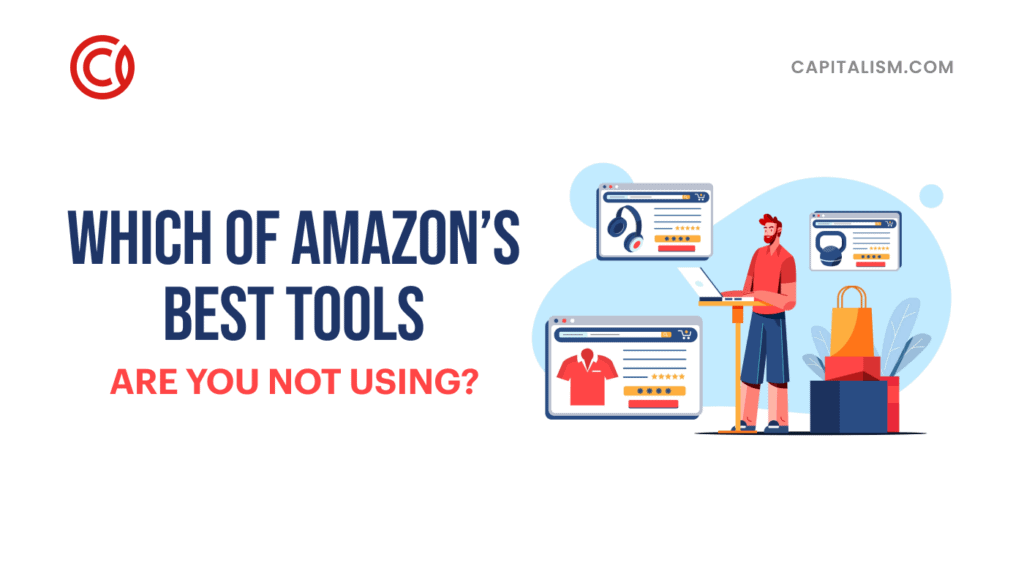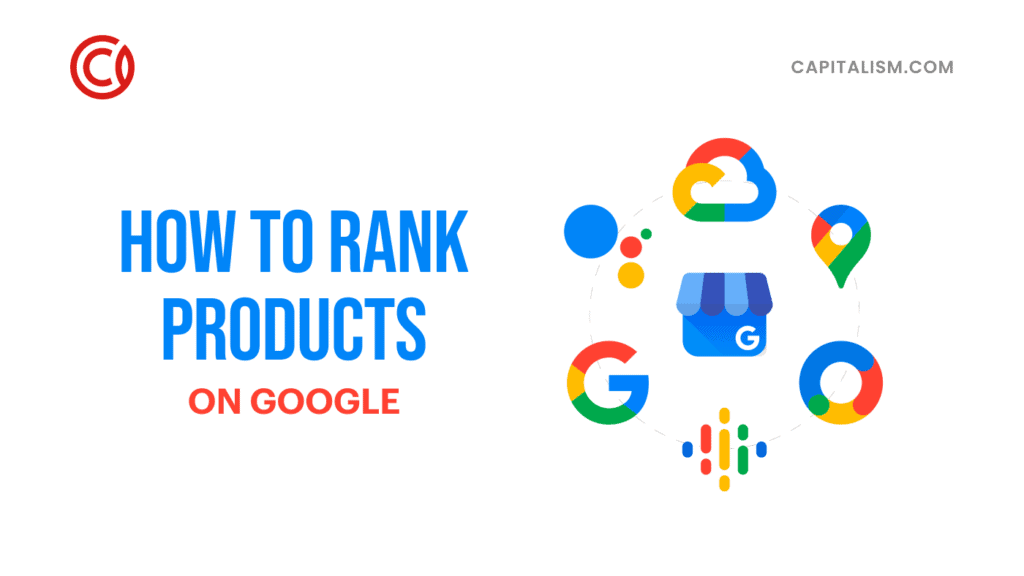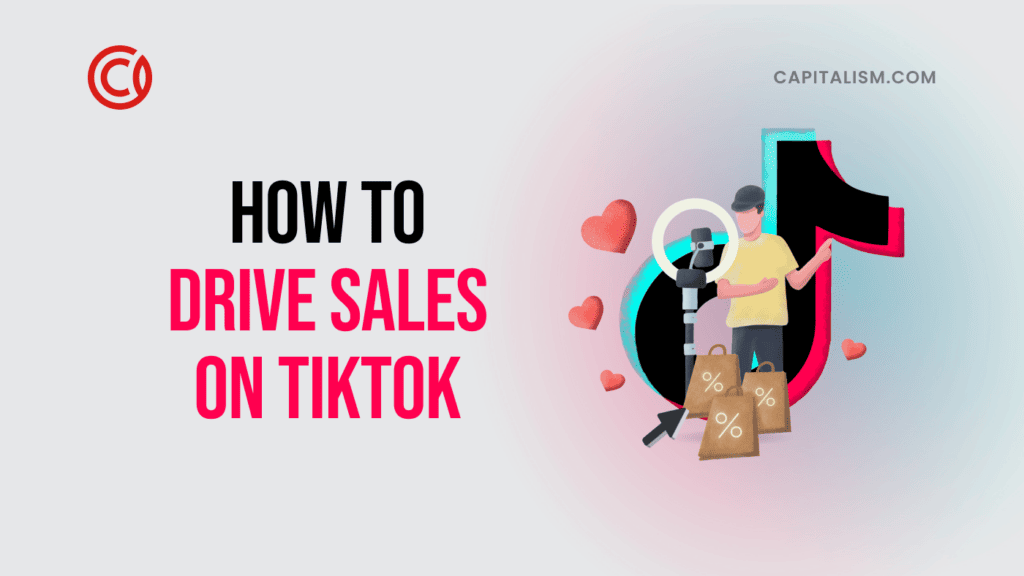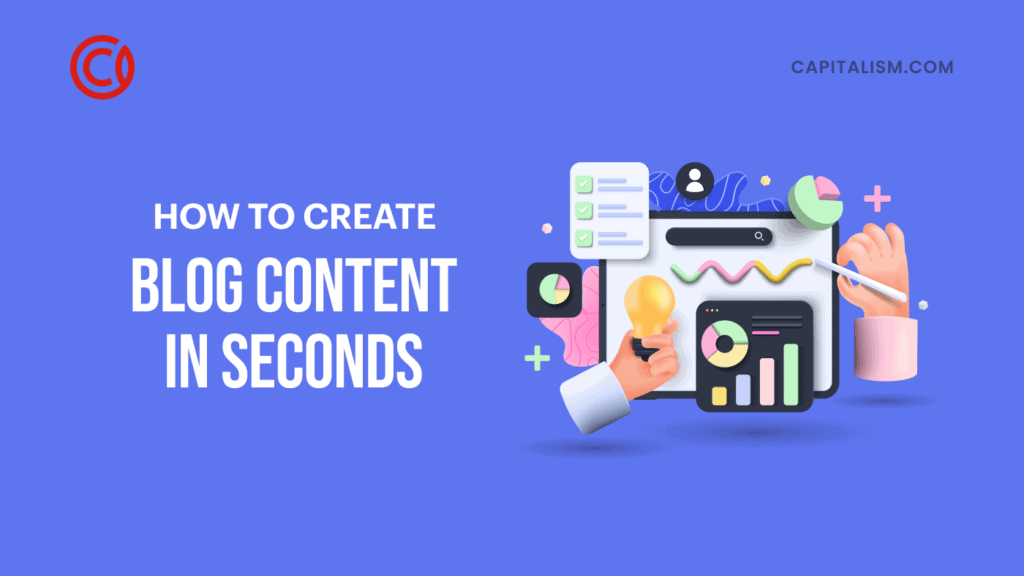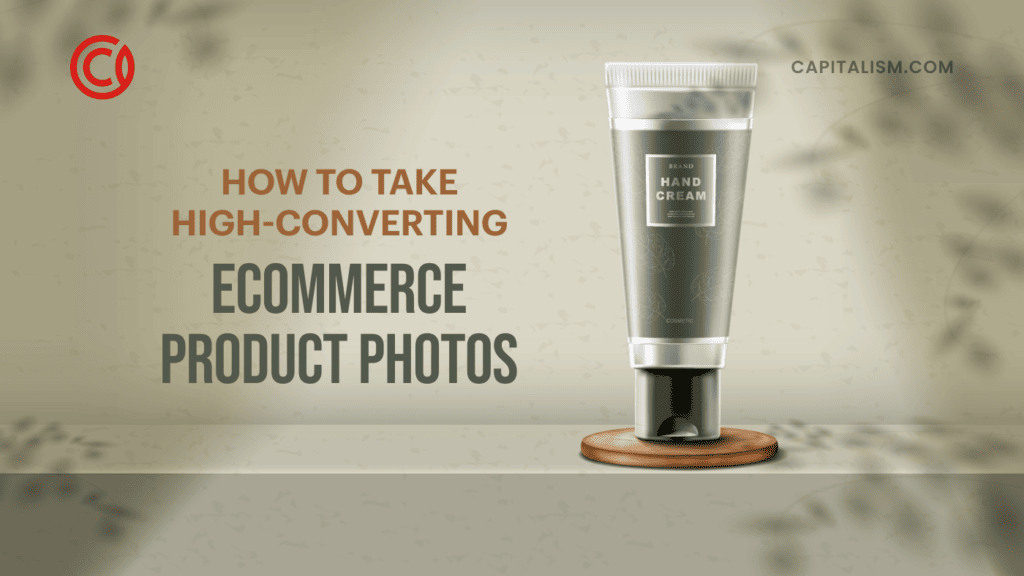Want to know how to sell products online? Smart move.
As of 2019, retail e-commerce sales generated 3.53 trillion US dollars and is expected to nearly double by 2022. If you’re thinking about starting your business, the time is now. If your passion is building something from the ground-up, creating value for people, achieving financial freedom (or all of the above), then starting a business is a great way to do it.
But it’s important to set the right priorities straight from the start.
Don’t worry about the flashy visuals. Definitely, don’t worry about the perfect domain name. And don’t worry about building your social media following.
These things become important only after you have these three questions answered:

Ready to learn how to sell products online?
Let’s get started.
Step 1: Identify Your Target Market
So many people start off by shopping around on Alibaba but they’re doing it in the wrong order.
Before deciding what to sell, first, know who you’re selling to. Even if you find a product that you think is amazing but there’s no demand for it, then you won’t make a profit.
Here are the steps for identifying your target market.
#1 Do Your Market Analysis
A market analysis is the research you do before tackling a big project.
It examines your target market size and evaluates your competition. Most importantly, it determines whether there’s a need for your business idea.
If you’ve never done a market analysis, check out our guide on how to write a business plan. The market analysis is a key section and is necessary if you’re applying for a business loan.
#2 Create Your Customer Persona
Customer personas help you better understand your customers. This research helps you determine what to sell, when to sell it, and how to sell it. Some background research you’ll want to include are:
In addition to the backstory, you’ll also want to dive into their psychology. You’ll also want to cover their:
With this information, you can tailor your physical product to your target customer’s needs and desires.
Remember: Customers don’t just buy products. They buy solutions.
The key to building a profitable business is selling products that solve problems.
#3 Research the Competition
You don’t need to reinvent the wheel to build a profitable business. A great place to start is with your competition.
What are other businesses within your industry doing? Who’s getting the lion’s share of the market?
Evaluate what they’re doing right and how they’re doing it. Next, evaluate what they’re doing wrong and what’s missing.
See how you can sell a similar product by doing something different or better.
Here’s an example of an entrepreneur who thrived in a saturated market.
The Cliff Bar was a prominent brand in the power bar industry. It was reasonably priced, had a variety of flavors, and it was a favorite among many athletes.
The competition bar was high.
Then enters Peter Rahal with the RxBar. Rahal also offered a power bar but marketed it differently. He targeted a specific niche: cross-fitters.
Crossfitters purchased RxBars because they found a product that aligns with their needs and desires.
Figure out how you can differentiate yourself from the competition and you can claim success.
Step 2: Tailor Your Product to Your Customer
You’ve done your homework. You know who your customer is. Now it’s time to apply that knowledge to choosing a profitable physical product.
Create a Suite of Products
Using your market research, make a list of 5 to 10 products that address your customer’s pain points, desires, and needs. This list creates a suite of products that caters to your target customers.
For example, let’s say your target customers are young adult weight lifters and you sell workout supplements. Your suite of products might look like:
Choose a Product that Aligns With Your Brand
Personal and business branding is essential in this digital age.
Choosing a target market that you’re already a member of makes it easy to integrate your personal life with your business brand.
For example, if you practice yoga and meditation, you can consider selling yoga and meditation products:
However, selling off-brand products can disrupt the customer experience. If you’re known for selling weight-lifting supplements but launch office lamps, you confuse your branding.
Do you want to be known for weight-lifting products or office lighting products?
Choose one and stick with it.
#3 Choose an E-Commerce Platform or Marketplace
The number of digital buyers has skyrocketed 1.92 billion in 2019, largely due to e-commerce platforms and marketplaces, like Shopify and Amazon.
However, not all e-commerce platforms are created equal. For example, Etsy would be great for people who sell niche handmade products. However, Amazon is more suitable for dropshipping businesses.
Here is a break-down of the four popular e-commerce platforms and marketplaces to get you started.
Shopify
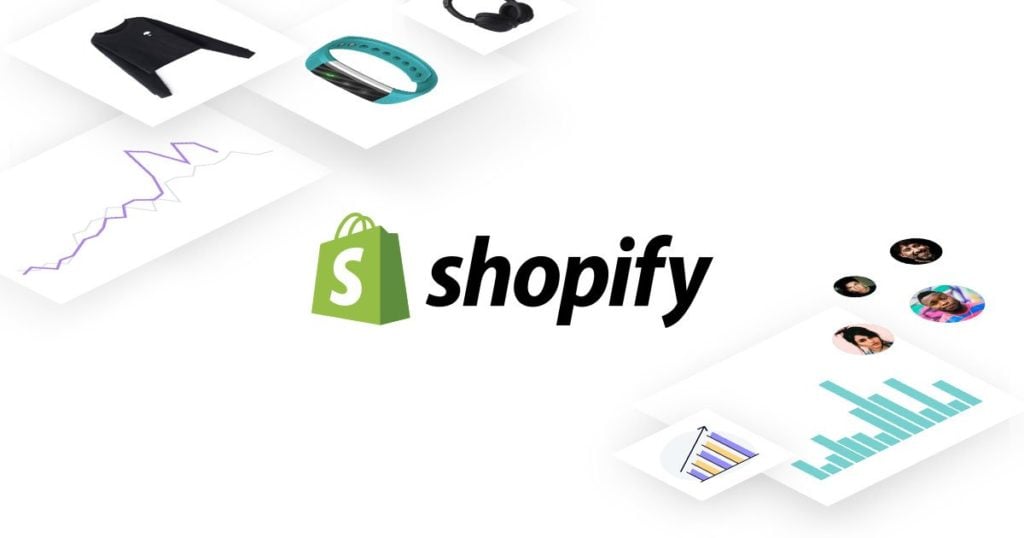
A quick Google search and you’ll see glowing reviews by small business owners about Shopify.
Their drag-and-drop store builder makes it easy to build and design your online store. Also, with Shopify, you can:
You can sign up for a free trial without a credit card on their website. This lets you try their services before committing to it. Price ranges from $9 to $300 per month, depending on which plan you use.
Amazon
If you’re considering selling on Amazon, then know there’s already a huge existing customer base waiting for you. An NPR poll reveals that 92% of online shoppers have purchased an item from Amazon.
An attractive feature about Amazon is its Fulfillment by Amazon (FBA) service. When you sign up, you can store your products in Amazon’s fulfillment centers. Also, they will take over the packaging and shipping of your products.
However, with FBA, Amazon will charge a fee based on your product’s packaging size and weight. Also, a monthly charge will apply when using Amazon’s warehouses to store your inventory.
If you’re thinking about selling on Amazon, consider consulting the experts. Our friends at Turnkey will help you boost your Amazon sales.
BigCommerce
If you’re seeking an alternative to Shopify, then consider BigCommerce. Their features and pricing are comparable and both make building your online store an easy process.
BigCommerce also offers a visual store builder and you can upload as many products as you want. With their wide variety of themes, you can customize your online store to align with your brand.
Pricing starts at $29.95 and can rise to $249.95 and beyond, depending on which plan you choose. Also, BigCommerce offers a free 15-day trial to try out their services.
Etsy
If you’re selling a niche product, like hand-knitted wool earmuffs for dogs, then Etsy might be your calling.
Sign-up and setting up your shop is easy and straightforward. Also, Etsy lets you accept online payments directly on their platform with Etsy payments.
Step 4: Select Your Shipping Method
Choose a Shipping Courier
When selling physical products, you’ll need to find some way to ship the product from the warehouse to the customer. When choosing a shipping courier, expect shipping costs to vary by:
You can reference these shipping calculators for these three common couriers to estimate your shipping costs:

Charge Real-Time Carrier Rates
If you’ve ever shopped on eBay, you’ll notice that you can punch in your zip code to calculate shipping costs to your location. This lets your buyers understand the cost between different shipping couriers and speeds.
Charge a Flat Rate
Charging flat rates makes shipping costs easy. You charge the same amount for all your products.
This is usually a good idea if you’re selling different products that are similar in package size and weight.
Also, flat rates create a smoother shopping experience for the customer. They don’t need to fiddle around with shipping calculators.
Offer Free Shipping
An effective marketing tactic is to offer free shipping. There are three main ways to make free shipping possible for your customers:
Review your business plan and budget to see what would work best for your unique situation.
#5 Promote Your Online Store
Boost Your SEO
If you want to get found on the first page of Google or an e-commerce platform, you’ll need to use search engine optimization (SEO) to your advantage. This means adding keyword search terms to your website and listings.
For example, if you want to rank for “handheld vacuum for pet fur”, you’ll want to insert that search term word-for-word in your product listing.
Similarly, if you want your website to rank for the best cat scratching post, then the “best cat scratching post” needs to be present on your website.
Build Your Email List
Too many people are focusing on creating Facebook ads and not enough on growing their email list.
An email list is an excellent marketing tactic to increase your sales. Ezra Firestone, CEO of Smart Marketer, attributes 34% of his revenue in one year to the three emails he sends his list each week.
If you want to boost your sales (which is key to Amazon SEO), start marketing to your email list. Send them promotional emails and discounts to boost your sales.
Include Discount Codes in Package
It’s easier and fives times less expensive to retain an existing customer than to acquire a new customer.
If a customer enjoyed your product, they’ll likely purchase from you again in the purchase. One way to help secure that future purchase is to include a limited time discount code in your packaging.
The discount code incentivizes that customer to buy from you again. The expiration date adds a sense of urgency to shopping with you.
How to Sell Products Online: It’s Time to Start
This guide on how to sell products online has equipped you with the knowledge to get started.
The process of growing your e-commerce business from zero to six-figures will throw challenges at you. It might even discourage you from progressing.
But just stick to these proven steps.
Know your customer. Cater your products to solving their problems. And always focus on creating value.
But you’ll probably have more questions along the way.
Wouldn’t it be great if you could be a part of a community where you can learn how to make money online? A place where you can ask other entrepreneurs and get answers? If you want to be a part of a business-minded community, then join The One Percent.
